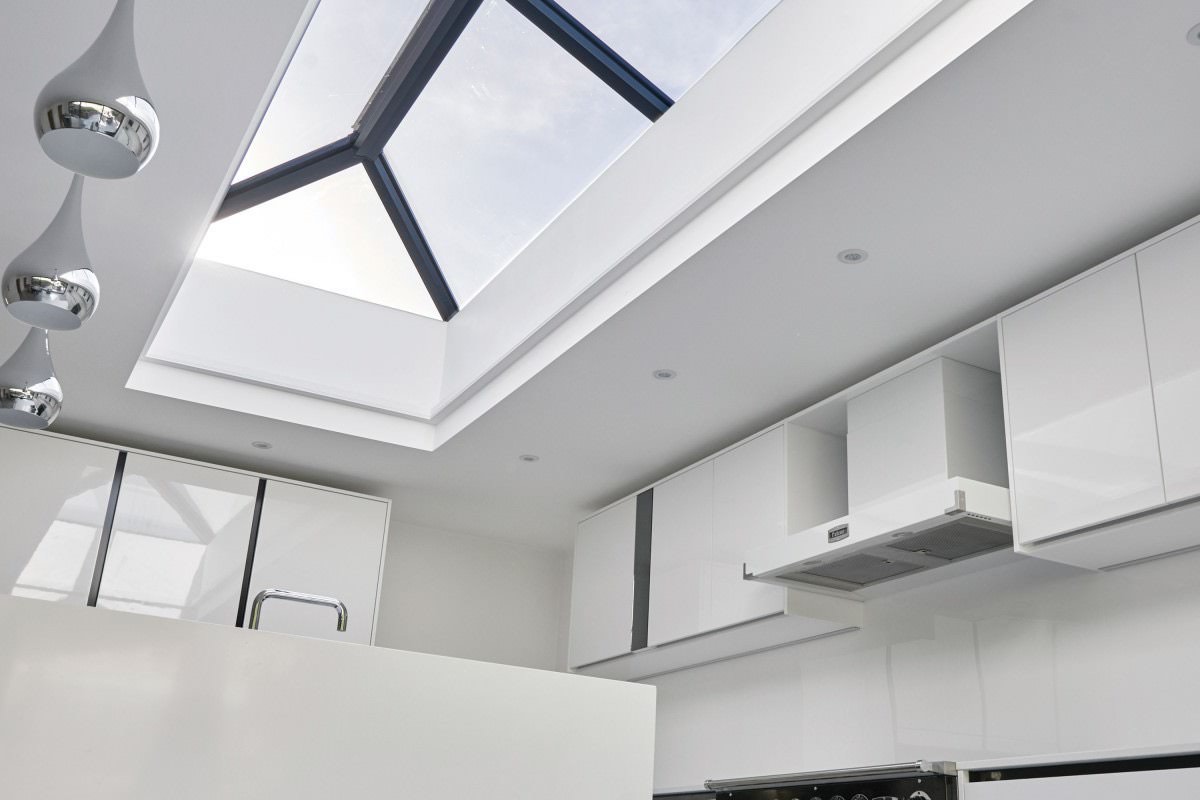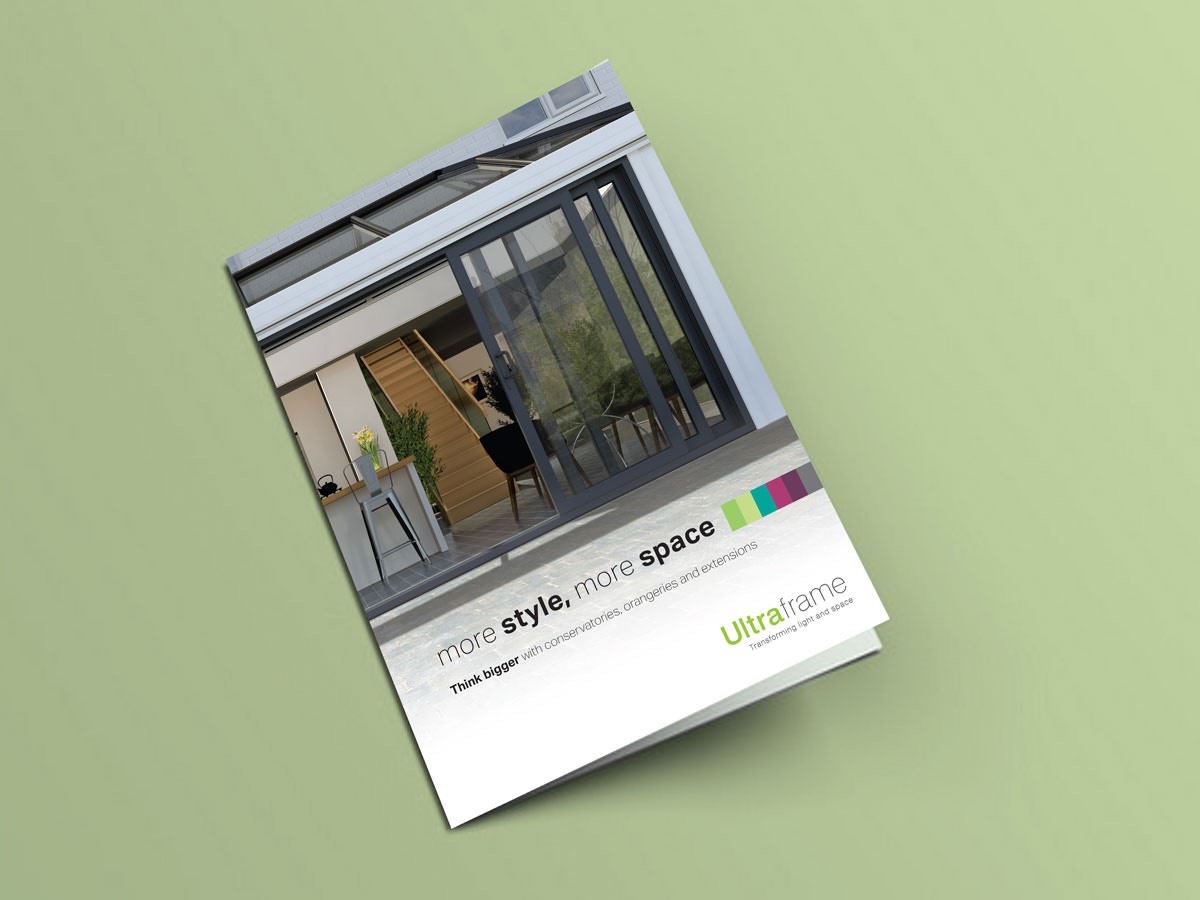Other Things to Consider When Planning a Conservatory
When planning a new conservatory or home extension, it’s easy to get caught up in thoughts of your beautiful new living space. However, some ‘red tape’ issues need to be considered to ensure that your new conservatory complies with relevant laws and legislation.
While your Ultra Installer will be able to take care of all of this for you, it can often be helpful to be aware of the various things to consider when planning a conservatory.
Here is a list of 4 things to consider when planning a conservatory that you might not be aware of:

1. Water board authority approval:
You may not be aware that if you intend to build on or within three metres of a public sewer or within 1m of a public lateral drain, you must get permission from the regional water board authority. This is a condition of Building Regulation H4. It is normally a formality but one that must be followed, and approval must be given before work begins.
Once your conservatory installation has been completed, a local building control officer will inspect it to ensure no damage has been done to the sewer.
Even if the drain is not a public sewer or shared drain, failure to identify the location of the drain can still cause major issues if there is a conflict between the line of the drain and the line of the structure above. Another thing that can also cause issues is the failure to identify the depth of the drain. This is because a shallow drain might be too shallow to enable drainage from the new conservatory project to function as it should, or it might clash with the floor slab. Also, a deep drain might require substantially deeper foundations than were originally assumed or quoted for. Ask your installer or builder to check on this for you as part of their quoting process to avoid any nasty surprises further down the line.
A final note on the point of conservatories and sewers is that buildings and extensions should not be constructed over a manhole or inspection point on a sewer. If the access point to a sewer falls within your conservatory design, it may need to be relocated as part of the works and included in the design. Your conservatory/extension must also maintain a 3m zone to enable the sewer to be reconstructed in the future if the water authority deems it necessary. That zone will need to be accessible to a mechanical excavator, depending on the depth of the drain.

2. Listed buildings and conservation areas:
If you live in a listed building or your home is within a conservation area, national park or designated area of outstanding natural beauty, then it will be subject to ‘Article 4 Directions’.
These strict rules must be complied with and restrict the work that can be done to the exterior of a property without getting planning permission first. Any alteration - such as the addition of a new conservatory - must be in keeping with the property. For example, the window frames, doors, and roof may have to closely resemble those of the existing property.
If you live in a property subject to Article 4 Directions, it is a good idea to work with a builder or installer who has previous experience designing and installing conservatories in conservation areas, etc. They will also be able to take care of the ‘red tape’ associated with obtaining planning permission for you.

3. Restrictive covenants:
Some properties have restrictive covenants in their title deeds. A restrictive covenant is a private agreement that sets out how the property may and may not be used or developed.
Common examples of restrictive covenants which may affect whether you can build a conservatory or extension may include:
- Preventing owners from making alterations to a property, such as building a conservatory or extension or converting a house into flats
- Preventing buildings or other substantial structures from being erected on a section of land
This does not necessarily mean you won’t be able to add a conservatory to your home. It may be possible if the design is sympathetic to the property's overall appearance. You will also need to abide by certain permitted development guidelines.

4. Party wall approval:
You may have heard that in England and Wales, obtaining a ‘party wall agreement’ may be necessary before building a new conservatory. But what is a party wall agreement, and in what circumstances will you need one?
In summary, a party wall agreement (properly known as a Party Wall Award) is usually required when you intend to excavate near to a neighbouring property, e.g. to lay the foundations for your conservatory or extension.
The Party Wall etc. Act 1996 came into force in 1997 throughout England and Wales. If you are planning building work, you are required under the Act to formally notify and receive the consent of your neighbours if the work includes:
- Work on an existing wall or structure shared with another property
- Building a free-standing wall or a wall of a building up to or astride the boundary with a neighbouring property
- Excavating near a neighbouring building
It is your responsibility, not your Local Authority’s, to find out whether the work to be undertaken for your conservatory falls within the Act and whether you need a Party Wall Award.
If it does, you must correctly notify all affected neighbours and have received their written consent. Agreeing on the construction of your conservatory or extension verbally in a quick chat over the garden fence is not satisfactory. You must notify your neighbour in writing at least 2 months in advance regarding the construction.






